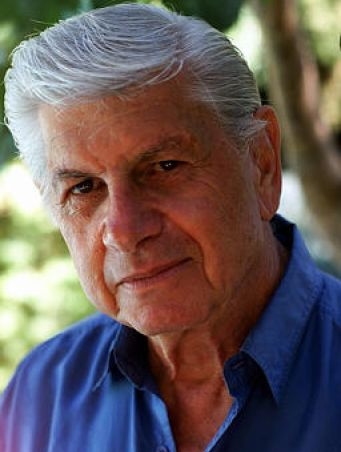
Behind The Glass Volume II - Page 4
Previous 1 - 2 - 3 - 4 - 5 - 6 - 7 - 8 Next
Do you have a musical background, or is your approach purely technical?
No, I was mostly just a music fan. I took violin for one semester at college, but my family couldn’t afford to buy me one.
So you can’t read music? I always had the impression that all the musicians in the Wrecking Crew played from scores.
No, the music was written out as a lead sheet only, usually written by [arranger] Jack Nitzche, and it was only ever viewed as a starting point, not an end point.
Can you deconstruct the Wall of Sound for our readers?
I’ll be glad to do that, but I want to begin by saying that I’ve come to the conclusion that the Wall of Sound only played a small part in Phil’s ability to create hits. It was always about the song; without the song, you’ve got nothing. But the key sonically was that you couldn’t really pick out the individual instruments—it was a “wall” that had a texture of its own.
To start with, Phil would always have pretty much the same musicians playing on his sessions—the so-called “Wrecking Crew.” He’d begin by having just the guitarists play their parts over and over again; there would be anywhere from three to six guitars, all basically playing the same part. He’d tweak their parts and change things until he felt he had something worthwhile, then he’d add in two pianos, also doubling the same part. If that didn’t work all together, he’d go back to the guitars. I always felt they should be paid double scale, because they worked longer and harder than anyone. [laughs] The irony was that Hal Blaine, the drummer, was actually the only one getting double scale, even though he didn’t come in until the end.
Once Phil was happy with the parts being played by the guitars and the pianos, the basses would come in next—two or three of them, with at least one acoustic and one electric—followed by the horns and then the percussion. As I said, the drums were always the last thing Phil would add in, and because the studio was so small, their sound would leak into the other microphones, so that’s when the real work began, particularly in terms of trying to get some presence on them without losing the sound of the guitars; that’s where most of the drum leakage was coming in.
A big part of the Wall of Sound was also the actual air pressure in the room—it was a very small room with a lot of musicians playing all at once, quite loudly, too, so there were all these sound waves bouncing off the walls.
Does that mean that you couldn’t create a Wall of Sound in a large room?
I don’t know, but I always felt that the sound in any studio was always better when the room was filled with people rather than being half-empty, regardless of whether you could get isolation or not. Also, bear in mind that the echo chambers at Gold Star played a role, although in retrospect it seems to me a little too much credit was given to them as being an integral part of the Wall of Sound. The biggest part of the equation was the room size, and the fact that the musicians were hearing each other play, live, not on headphones—we didn’t use them. So it was a true ensemble in every sense of the word. It was just a matter of creating the right blend so that you heard this overall sound and couldn’t isolate or identify any one instrument in it.
You know, the one thing we could never get at Gold Star was the Motown drum sound, which Phil loved and listened to all the time. Try as we might, we just couldn’t achieve that, even though Hal [Blaine] was one of the best at playing in a controlled way so that the drum sound didn’t blare all over the room, yet it was a very strong sound.
Hal was one of those guys who own their instruments. It’s as if they’re not even playing their instruments—they’re actually part of their instruments. With musicians of that calibre, all you have to do is put a microphone up anywhere in their vicinity, and they give you everything you need. With some other musicians, you’d have to work hard to try to pull out the sound, and you’d never get quite there.
I only ever used two microphones on Hal: one overhead and one on the kick drum. The kick mic was usually an RCA 77 ribbon, and the overhead mic could be almost anything—it really didn’t matter what you used, although I would sometimes put up a Neumann if it wasn’t already in use on the percussion instruments.
Previous 1 - 2 - 3 - 4 - 5 - 6 - 7 - 8 Next
Webmaster: Jos Megroedt | Website: http://www.josmegroedt.com/ |
This site is hosted by: http://www.hostingphotography.com/

